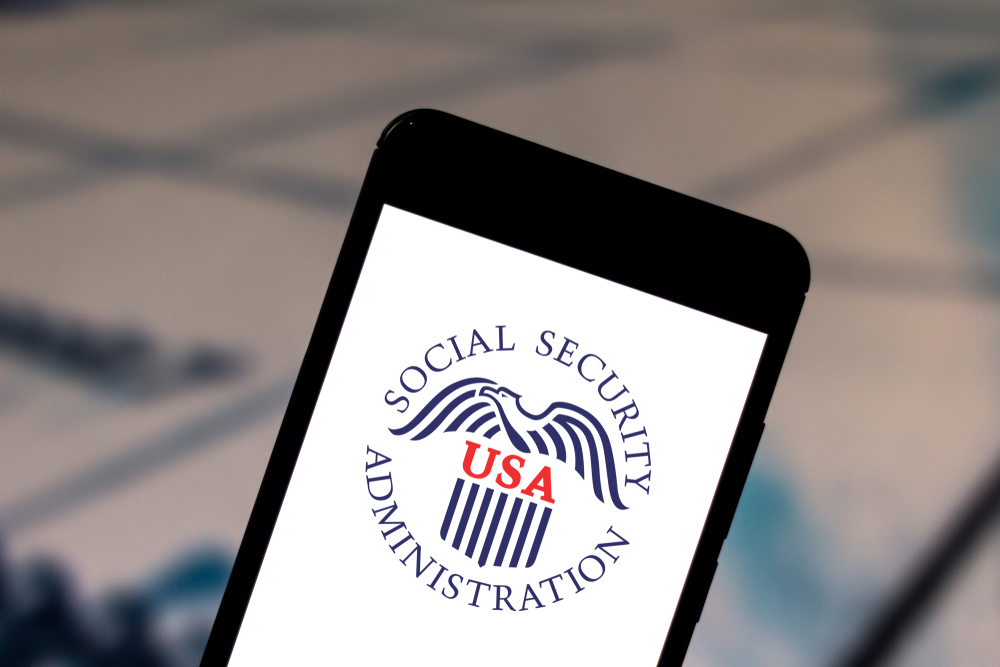With the 2024 election quickly approaching, political ads and messages seeking donations are ramping up. Among the many debate topics are ways to support low- and middle-income citizens.
For example, tax credits for working adults with children often take the spotlight. These include the Child Tax Credit, the Earned Income Tax Credit, and the Child and Dependent Care Credit. However, discussion about helping adults who care for aging parents or other elderly relatives has been less prevalent. As many Americans are advancing into their later years, a larger percentage of the population is requiring extra care.
Though many older adults reside in long-term care facilities, a growing number prefer to age in their homes. If they live near younger relatives, such as their children, they often get help from them. Though this arrangement has its benefits, such as the older adults receiving help and care from people they know and trust, it can come at a cost.
Depending on the amount of care a senior parent or relative needs, the adult child may end up sacrificing a significant amount of their time to help the older adult. Too often, they are also balancing these duties with their working lives while raising children. As a result, some adults reduce the hours they work or leave the workforce all together. This can lead to financial hardship, especially for those who are already struggling to make ends meet.
How are U.S. presidential candidates Kamala Harris and Donald Trump proposing to address this growing concern? Here is an overview:
Key Differences in Approach
Harris and Trump have both outlined policy visions that address caregiving for older Americans, though their approaches differ in scope, philosophy, and implementation.
Role of Government: The most significant difference between the two candidates is their vision for the role of government in caregiving. Harris envisions an expanded federal role, with significant government investment in caregiving infrastructure, financial support for families, and direct service provisions. In contrast, Trump’s approach relies more on market-based solutions and state-level governance, aiming to reduce federal involvement and regulation.
Focus on Direct Care Workers vs. Family Caregivers: Harris places a stronger emphasis on improving conditions for paid caregivers, including home health aides and nursing staff. Her proposals include raising wages and providing better training for these workers. Trump’s platform, though supportive of family caregivers through tax incentives, does not offer the same focus on the professional caregiving workforce.
Paid Family Leave: Harris’s support for paid family leave stands in contrast to Trump’s policies. Though Trump’s administration supported limited parental leave during his first term, his 2024 platform does not prioritize paid family leave for caregiving. Harris’s proposal is broader, encompassing not only parental leave but also leave to care for aging family members.
Affordability and Accessibility of Care: Harris’s plan is aimed at making caregiving services more accessible to low- and middle-income families, with a particular focus on reducing out-of-pocket costs through expanded Medicare and Medicaid coverage. Trump’s plan focuses on giving individuals more financial tools, like tax incentives and access to private insurance, to manage caregiving expenses on their own.
Harris’s Campaign: Expanding Access and Support for Caregiving
Harris has positioned caregiving as a central issue in her campaign. Her proposals are geared towards expanding access to care, providing financial relief to caregivers, and enhancing support services for both professional and unpaid family caregivers. To help defray the extra costs of these expanded services, Harris is proposing, among other strategies, expanding Medicare drug price negotiations to reduce the amount of money the government pays for medications.
Broadening Medicare Home Care Benefits: Harris has proposed broadening Medicare benefits to cover home health care. This proposal would benefit American adults who are considered the “sandwich generation,” so called because they are often sandwiched between caring for their children as well as caring for their parents. Harris’s proposal would have Medicare provide coverage for seniors with modest incomes.
Expanding Medicare Health Insurance Coverage: Harris is proposing expanding Medicare coverage to include auditory exams and hearing aids as well as eye exams and new glasses and lenses.
Adjust Medicaid Rules: Part of Harris’s plan is to stop states from seizing elderly Americans’ homes to recover funds that Medicaid has spent on their long-term services. This process is called Medicaid estate recovery and it can take away valuable assets, such as a home, from families whose loved one had received Medicaid benefits.
Investment in Home- and Community-Based Services (HCBS): Harris has called for substantial federal investment in home and community-based services to help older adults age in place. The goal is to reduce the reliance on institutional care, such as nursing homes, by increasing funding for in-home care services and improving the pay and training for direct-care workers. This approach emphasizes autonomy and dignity for older adults, allowing them to receive care in the familiar settings of their homes.
Caregiver Support: Another key element of the Harris plan is increased support for unpaid caregivers. This includes tax credits for family caregivers, respite care programs, and expanding access to mental health services to address caregiver burnout. Harris has underscored the importance of recognizing the value of unpaid caregiving, which often goes overlooked in public policy discussions.
Trump Campaign: Focus on Private-Sector Solutions and Deregulation
Trump's approach to caregiving is more focused on market-driven solutions, with an emphasis on reducing government regulation and encouraging private-sector involvement. His policies highlight individual choice, tax incentives, and state-level control over caregiving programs.
Tax Incentives for Family Caregivers: Like Harris, Trump recognizes the economic strain on family caregivers, but his solution leans toward offering expanded tax breaks rather than government-provided benefits. His plan proposes larger tax deductions for families who provide in-home care for aging relatives, enabling them to offset some of the financial costs of caregiving.
Encouraging Private Long-Term Care Insurance: Trump’s campaign promotes the expansion of private long-term care insurance markets as a way to address the growing demand for caregiving services. This policy seeks to reduce the need for government-funded programs like Medicaid to cover long-term care costs.
Medicare Reforms and Privatization: Trump’s approach to Medicare includes reforms aimed at increasing private-sector participation in the program. His campaign has suggested expanding Medicare Advantage plans, which are run by private insurers, giving older adults more choices for receiving care. Critics of this approach argue that it could lead to reduced access to comprehensive care, particularly for lower-income seniors, though supporters believe it would foster innovation and efficiency.
State-Level Control Over Medicaid: Trump has long advocated for granting states more control over Medicaid. This would allow states greater flexibility in how they allocate Medicaid funds, including for long-term care services. Proponents of this approach argue that it empowers states to tailor programs to the needs of their populations, while opponents worry it could lead to reductions in services for older adults, especially in states with fewer resources.
Stay Informed as Election Day Nears
As with any election, the political landscape is always changing, and candidates’ views and promises may also shift. Even after a president is sworn in, their agenda may not work out as they had hoped or promised. Leading up to Election Day, stay informed about the presidential nominees’ proposals and their records on the issues that are most important to you.
Learn more about the Harris and Trump campaign platforms on their respective websites. You may also want to refer to a related article on their stances regarding Social Security and Medicare.
For additional reading on issues related to elder caregiving, you may want to check out the following articles:
Caregiver Contracts: How to Pay a Family Member for Care
Getting Paid as a Family Caregiver Through Medicaid
Caregiver Support: You Are Not Alone
Becoming a Family Caregiver for an Ailing Loved One
Activities of Daily Living and the Need for Long-Term Care





